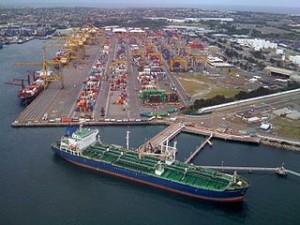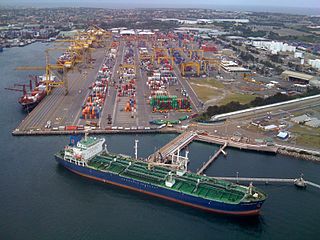 Container freight rates on the Asia-Europe trade fell 23% last week, or by US$175, to $588 per TEU as the latest September 1st general rate increase (GRI) failed to take hold, while rates to the U.S. West Coast remained relatively unchanged, increasing $5 to $1,461 per FEU, according to Freight Investor Services (FIS).
Container freight rates on the Asia-Europe trade fell 23% last week, or by US$175, to $588 per TEU as the latest September 1st general rate increase (GRI) failed to take hold, while rates to the U.S. West Coast remained relatively unchanged, increasing $5 to $1,461 per FEU, according to Freight Investor Services (FIS).
The fall came after two weeks of rising freight rates on the world’s busiest route. The rates have so far increased in eight weeks this year but fallen in 27 weeks.
FIS noted recent remarks by leading box liner Maersk Line that the current weakness in the market is very close to that seen in the 2009 crisis. Moreover, the Danish carrier now expects an increase in global demand for the year of 2% to 4%, down from the 3% to 5% previously expected. This, said the freight consultancy, again highlighted the unexpected weak demand growth witnessed so far this year.
“In turn this market weakness has ensured that currently on the Asia-North Europe trade rates are 44% lower than the corresponding period a year earlier,” said FIS.
It said there are clear signs based on longer-term trends that “rate deflation shows no sign of relenting on either the Asia-North Europe or Asia-USWC trades.”
This downward pressure continues to place pressure on carriers to reduce unit costs by increasing average vessel sizes and lowering unit costs, it added.
This week Chinese shipping and port giant Cosco Holdings Co. confirmed that it has signed contracts for an additional eleven 19,000- to 20,000-TEU vessels due to be delivered in 2018 for deployment on the Asia-Europe lane.
The orders will cost a combined $1.5 billion and will propel the country’s largest shipping line into the big league of giant vessel owners. The company believes that the latest orders will help to improve its fleet profile and progressively increase its shipping capacity.
But FIS said that the race to build up of fleet capacity comes at the expense of lower freight rates. “This vicious downward cycle does not look to be abating any time soon,” it said. It doesn’t help that the two most profitable carriers in terms of average EBIT—Maersk Line and CMA CGM—continue to be the envy of the market with their superior average vessel size.
“Competing carriers are therefore likely to continue with their seemingly relentless upscaling plans, whilst those with weaker financial statements will, in the long run, find it difficult to fund this addiction and may face no other choice than to pull out (of) the Asia-Europe trade or face self-destruction.”
Photo: Aaron Jacobs





